
Kimbap vs Sushi What Is the Difference? Carving A Journey Kimbap, Asain food, Asian recipes
1 Sushi is an umbrella term. The kimbap is a kind of sushi from Korea. Sushi encompasses the different ways of preparing ingredients rolled in seaweed. The kinds of sushi include: • norimaki • nigiri • temaki • gunka n The norimaki is the most common, where ingredients are rolled in seaweed.
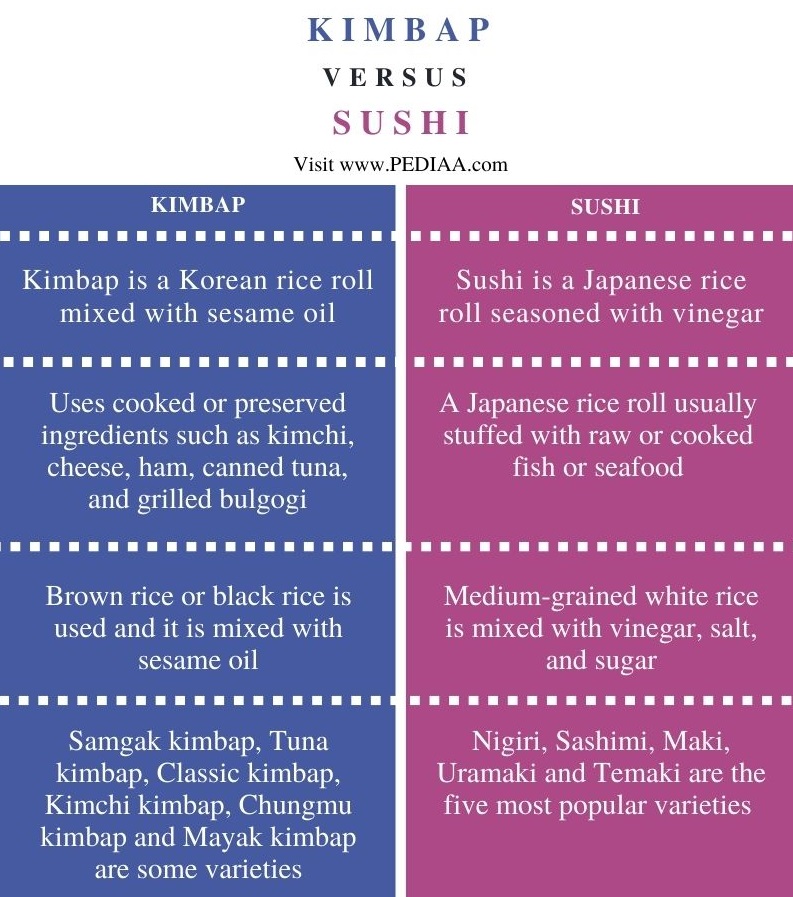
What is the Difference Between Kimbap and Sushi
One of the geographical differences between kimbap and sushi is that kimbap comes from Korea, while sushi originally comes from Japan. Beyond geographical differences, cultural differences exist in how they are eaten and prepared for different traditions. This guide looks at the differences between kimbap and sushi.
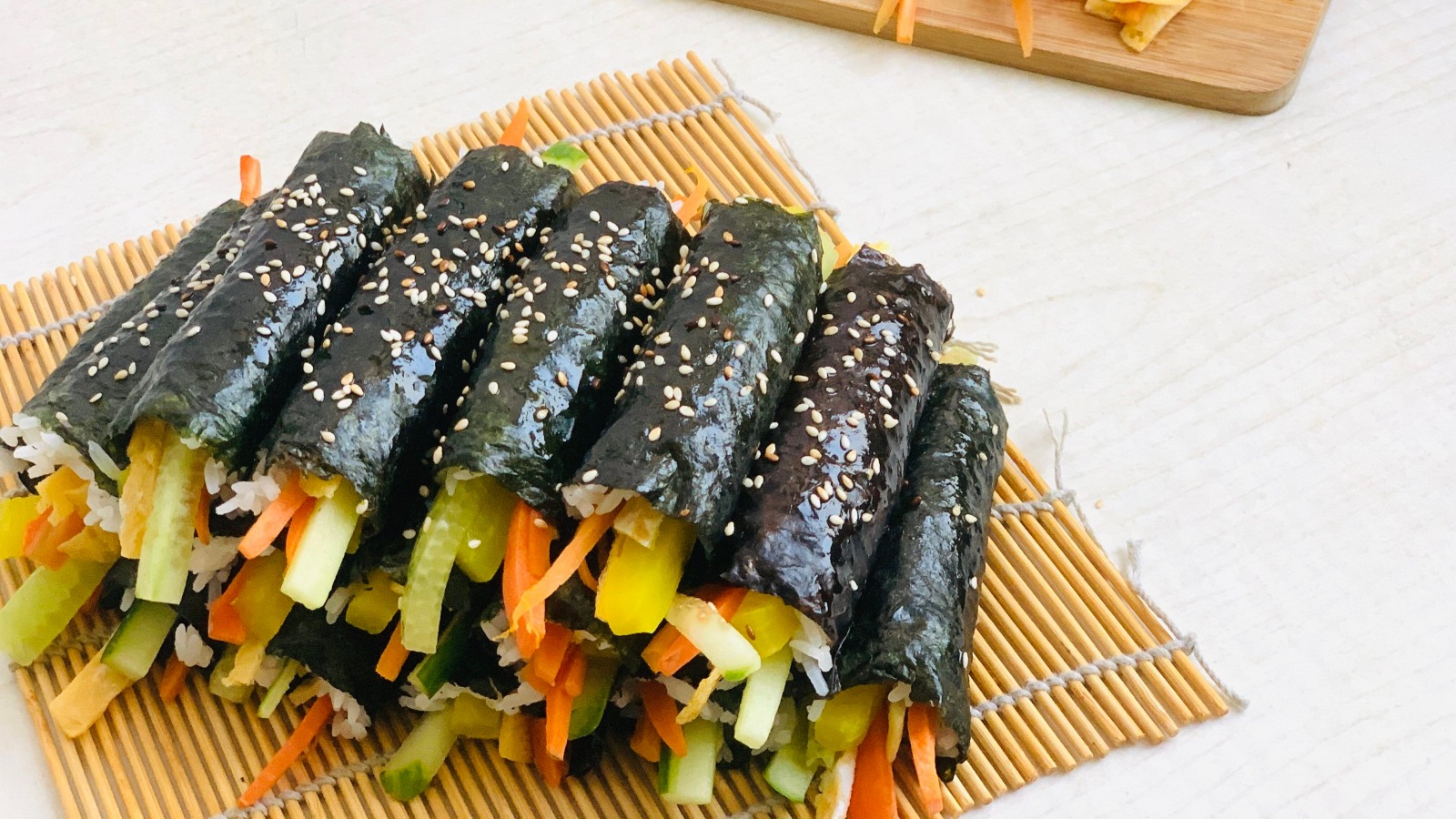
The Real Difference Between Sushi And Kimbap
J Are Korean kimbap and Japanese sushi the same thing? The answer is yes and no. While they look similar in appearance, they have unique personalities due to the different ingredients used. If you are a beginner, they may look similar to you but ask experts and they will quickly tell the difference. Contents [ show]

Kimbap vs. Sushi? (History, Preparation & Types)
The most important differences between sushi and kimbap are the preparation of the rice (with vinegar for sushi and sesame oil for kimbap) and the ingredients, where sushi most often has raw ingredients in it and kimbap has preserved ones. Read on to find out more about kimbap and the differences compared to sushi.
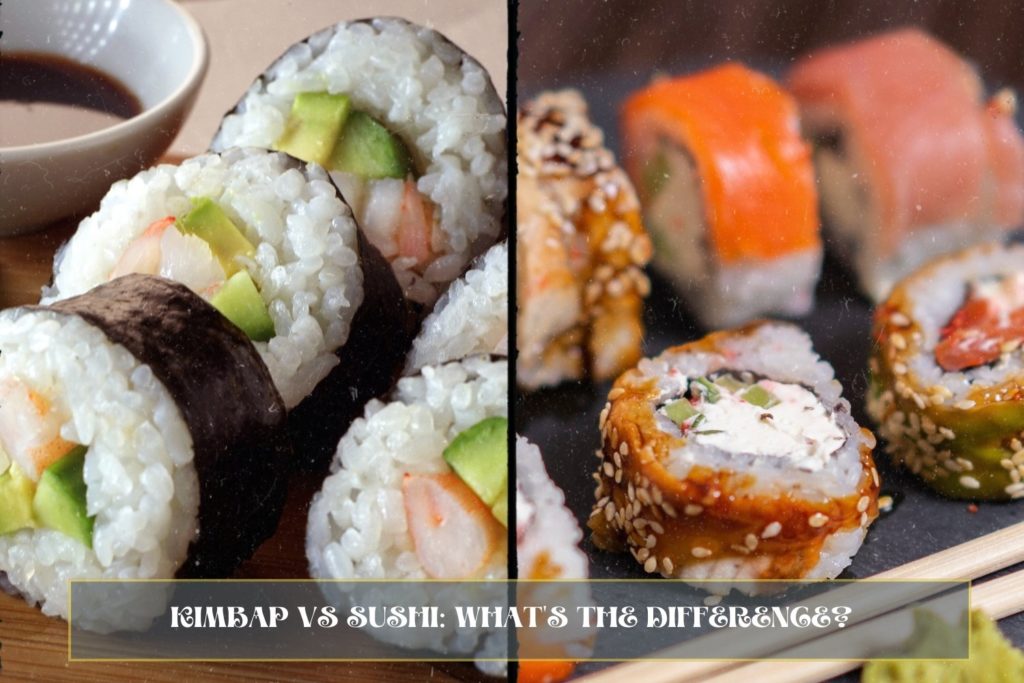
Kimbap vs Sushi What's The Difference? Loving Food
Let's break it down. Kimbap rice, which is usually brown or black, is mixed with sesame oil instead of the traditional vinegar that Japanese sushi uses. Kimbap also uses mostly cooked ingredients to include in its rolls, such as ham and cheese, canned tuna, bulgogi (marinated grilled beef), and kimchi, while Japanese sushi recipes favor raw fish.

Kimbap vs Sushi What Is the Difference? Carving A Journey
Save Recipe Kimbap—also known as gimbap—are Korean rice rolls that might look a lot like Japanese sushi rolls but, in truth, are nothing like sushi. Kimbap (from gim, a type of seaweed, and bap, the Korean term for "rice") is easy, portable, and adaptable to any palate, diet, or occasion.

Kimbap vs Sushi Battle of the Tastes Nylon Pink
There are three main differences between kimbap and sushi. Rice Filling Size First, the rice. In traditional Japanese sushi, the rice is slightly sweet and tangy, seasoned with rice vinegar. In kimbap, the rice is seasoned with sesame oil and a pinch of salt, giving it a smooth, nutty flavor.
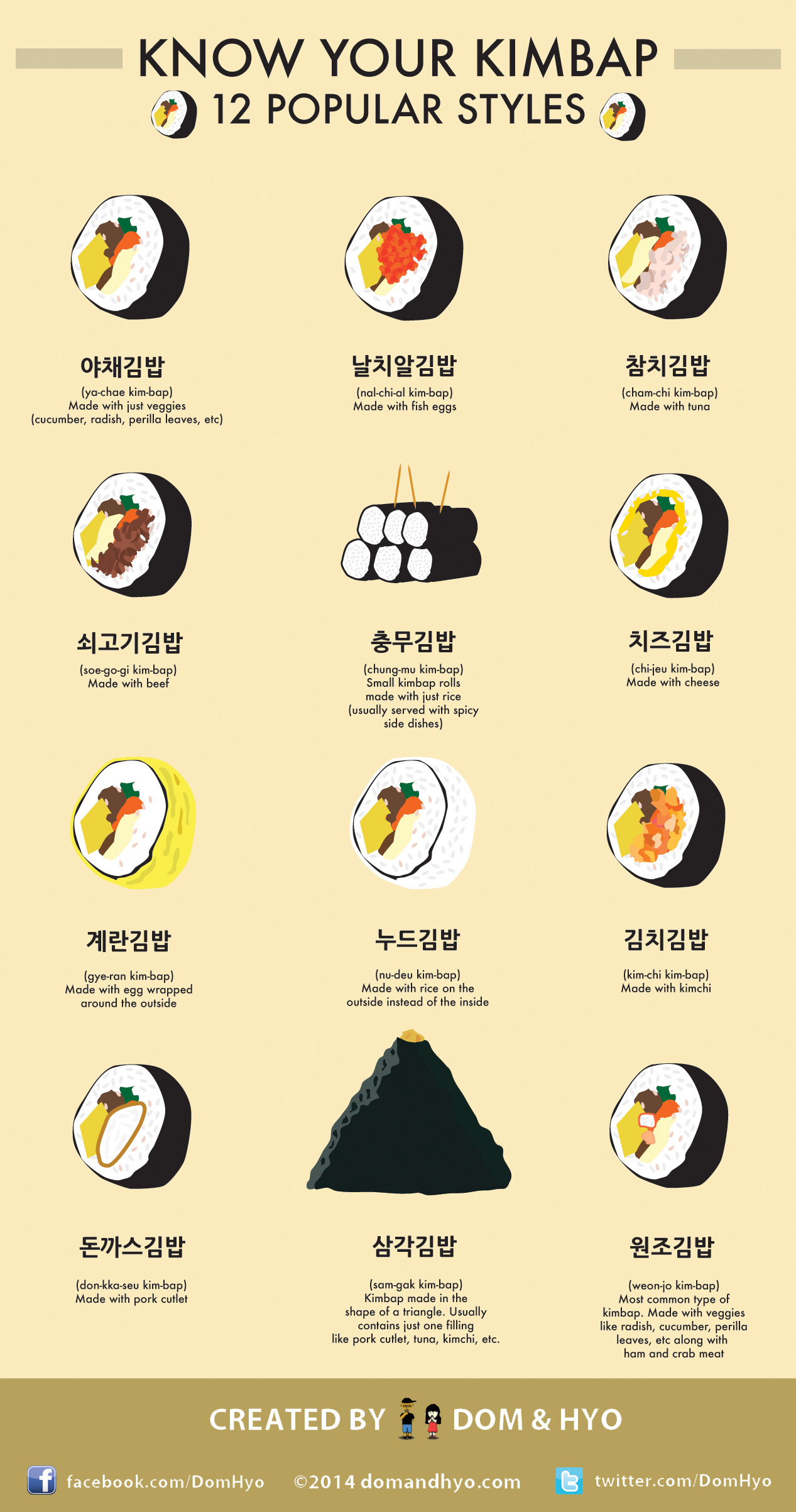
Get To Know Kimbap, The Korean Answer To Japanese Sushi Rolls Food Republic
What Are The Key Differences Between Kimbap vs Sushi Table of Contents I found there are some key differences between kimbap and sushi. While they may look similar at first glance, distinct characteristics set them apart.
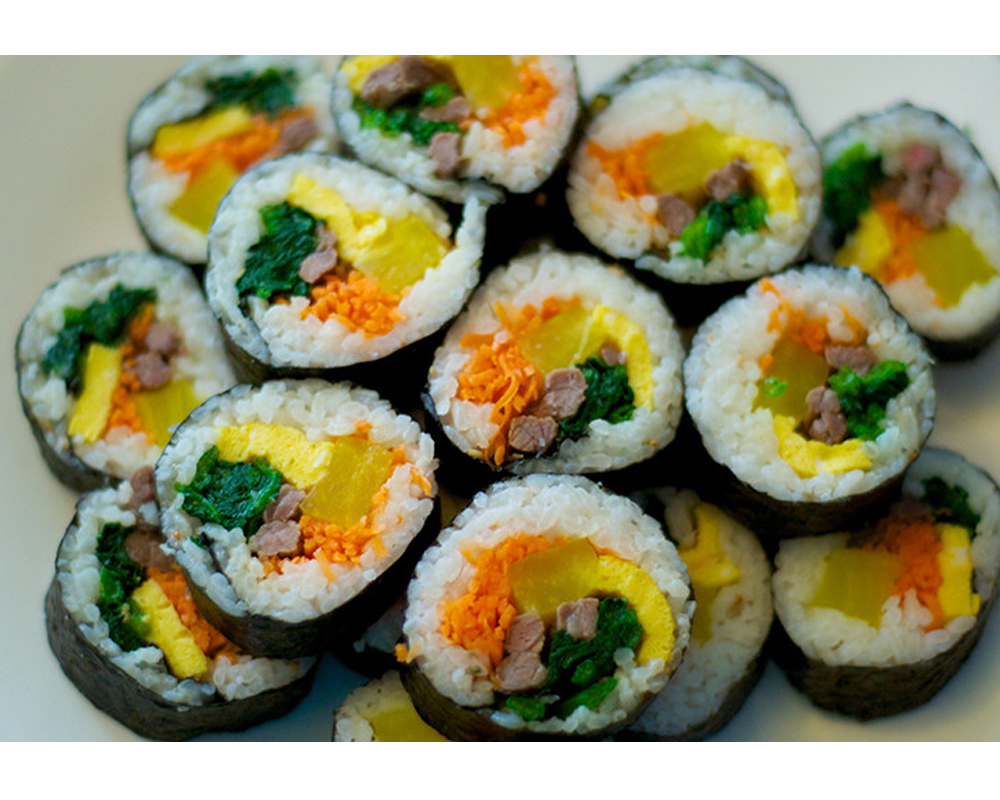
Kimbap vs Sushi
Kimbap uses sesame oil while Sushi uses vinegar. Brown or black rice can also be used for Kimbaps to add nutritional value! People love eating sushi because of the fresh seafood being used as the highlight of the dish. The seafood can be served raw, flame-seared, grilled, boiled, or fried.
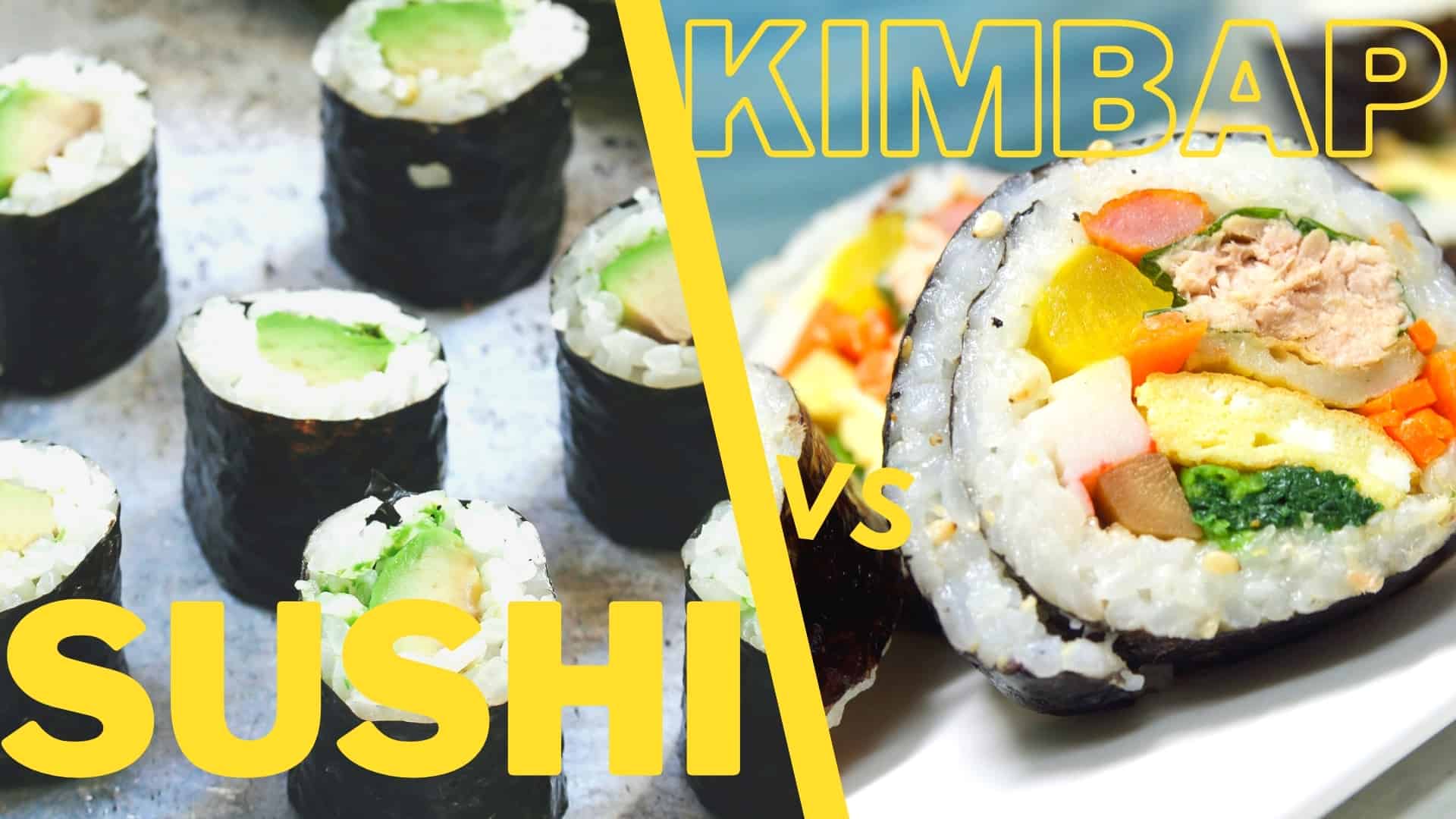
Kimbap Vs Sushi
Directions. Rinse the rice in a colander for 2 minutes. Put in a bowl, cover with water, and soak for 30 minutes. Drain, then cook the rice per package instructions. When it is done, mix with the.
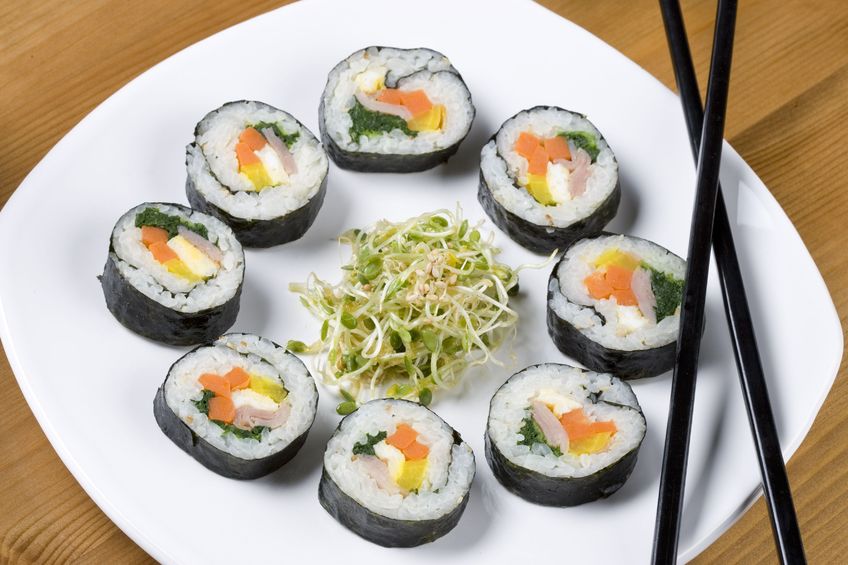
Difference between Kimbap & Sushi — SweetandtastyTV
Although they seem similar at first glance, in reality, between kimbap vs sushi, there are many differences. This article will explain: What is Kimbap vs Sushi, the origins, ingredients, and flavors of kimbap compared to sushi, emphasizing what makes this Asian rice roll unique. 1. Information about Kimbap 1.1. What is kimbap?

Kimbap vs Sushi What’s The Difference Between The Two?
Kimbap vs Sushi: Are They Different? choosing a selection results in a full page refresh Sushi is arguably the most popular item in Japanese cuisine. It is known and loved around the world. Many are less familiar with kimbap, Korea's answer to Japan's vinegared rice rolls. So what is kimbap, and how is it different from sushi?
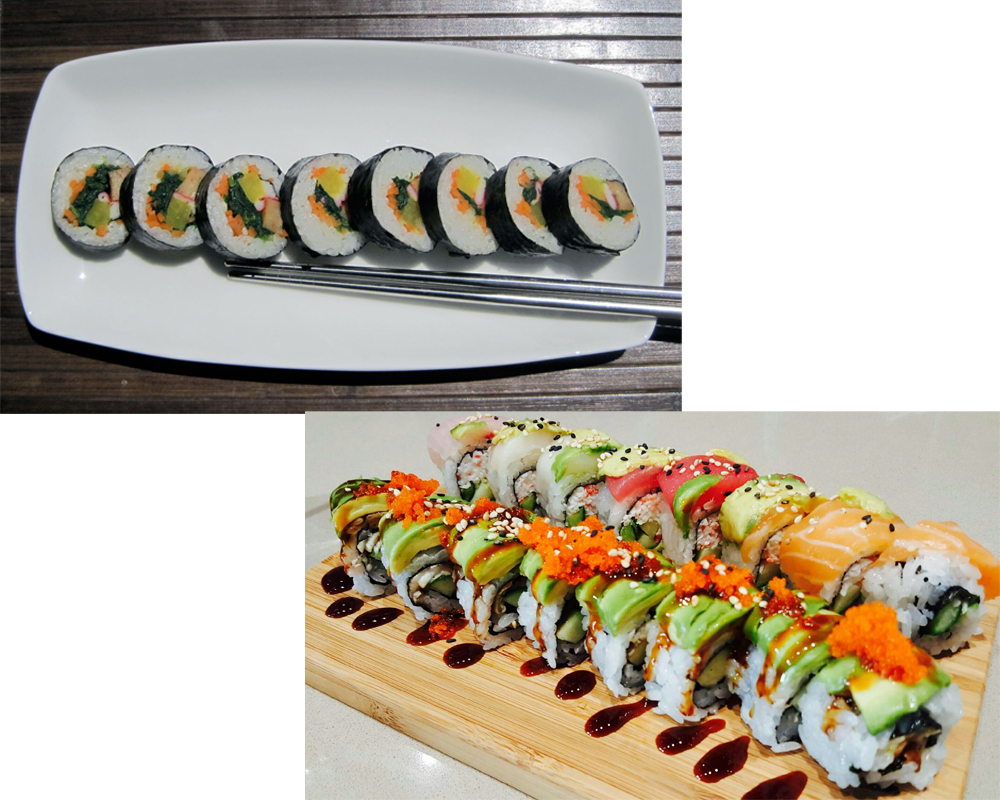
Kimbap vs Sushi
Kimbap vs Sushi: What Is the Difference? written by Emily January 26, 2021 Korean kimbap and Japanese rolled sushi-many people outside either culture often struggle to distinguish the difference. After all, the two dishes look almost identical at face value. Side-by-side, you may note that: Firstly, they both contain fillings at the center.

Kimbap vs Sushi
The main difference between kimbap and sushi is that sushi is a Japanese rice roll seasoned with vinegar while kimbap is a Korean rice roll mixed with sesame oil. Furthermore, kimbap has a slightly sweeter taste to it when compared to sushi. In brief, kimbap and sushi vary from each other in their fillings and the use of rice.

Kimbap vs Sushi What Is the Difference? Carving A Journey
mind_drummer said: From what I know is the Mehmet is little bit more thashier and sound more like old Turkish cymbals while the Agop are more conservative and sound maybe little bit cleaner. Some like their cymbals trashier while other cleaner. It's up to you to decide.

Have you ever wondered about what is different between Korean kimbap and Japanese sushi? Both
Rice Preparation: Kimbap: Kimbap features rice that is seasoned with sesame oil, salt, and sometimes sugar. The rice used in Kimbap is typically steamed and then mixed with the seasoning ingredients to enhance its flavor. Sushi: Sushi rice, known as "shari," is seasoned with rice vinegar, salt, and sugar.